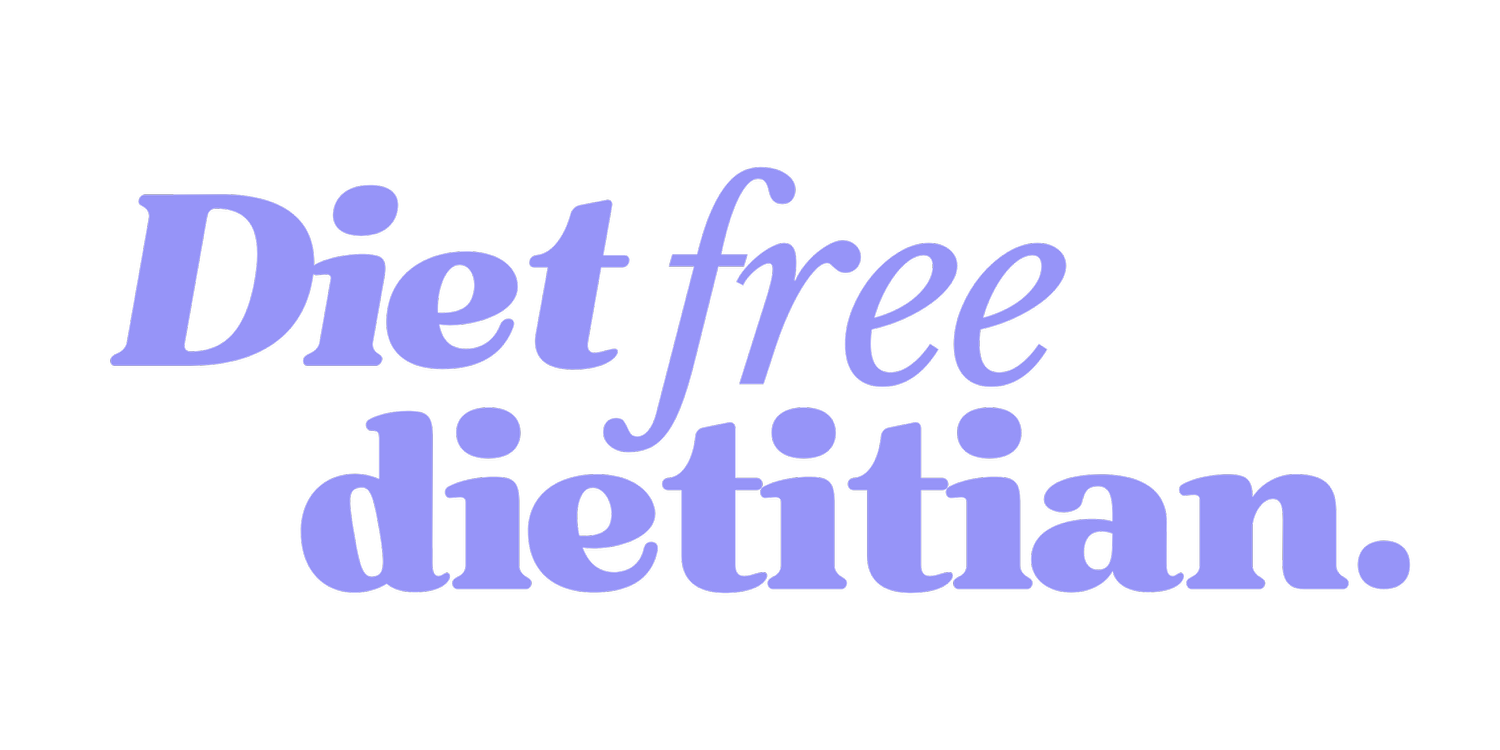What Is Healthy Food, Really? It’s Time to Rethink the Rules
Have you ever stood in the supermarket, wondering whether to grab the full-fat yoghurt or the low-fat one, or asked yourself if bread is “bad”? This happens all too often!
For years, diet culture has convinced us that healthy eating is about cutting out, avoiding, and restricting. No carbs. No sugar. No fun. But here’s the thing: healthy eating isn’t about following rigid rules - it’s about fuelling your body in a way that feels good, satisfies you, and supports your long-term wellbeing.
So let’s break down what healthy food really means… without the diet noise.
Healthy Food Is More Than Just Nutrients
We’ve been taught to look at food as numbers - grams of carbs, fat, protein, sugar - but (although insightful at times) food is so much more than that.
A healthy meal isn’t just one with kale and quinoa. It might be your favourite sandwich that satisfies you and keeps you full. It could be a bowl of pasta shared with loved ones, or a quick snack that gives you the energy to get through the day.
Healthy eating is not only about physical nourishment - it’s also emotional, cultural, social and practical benefits too.
A home-cooked meal with your family is healthy. A takeaway dinner that gives you time to rest is healthy. A warm croissant on a tough day can be healthy too.
Food is not just fuel - it’s also part of how we care for ourselves and enable ourselves the capacity to enjoy life.
Healthy Eating Isn’t All or Nothing
You don’t need to eat perfectly to eat well.
You don’t need to avoid bread, chocolate or takeaway.
You don’t need to follow a long list of food rules to be healthy.
In fact, including the foods you enjoy - whether that’s dessert, pizza, or a glass of wine - can support a healthier relationship with food. When you allow space for satisfaction and pleasure, you’re far less likely to overeat, binge, or feel out of control around food later.
A healthy diet is about consistency over time, not what you ate for one meal or one day. One takeaway meal doesn’t make your diet unhealthy - just as one salad doesn’t make someone immediately healthy. It’s the overall pattern that matters.
Focus on What You Can Add
Instead of stressing over what to cut out, try this mindset shift:
What can I add to this meal to make it more satisfying, more nourishing, or more enjoyable?
This approach can help:
Reduce cravings and the likelihood of overeating
Support consistent intake of key nutrients
Make meals more balanced and satisfying
This could look like:
Adding healthy fats like avocado, nuts or olive oil to keep you fuller for longer
Boosting your salad with protein like eggs, tofu or tuna
Adding extra vegetables or fruit for fibre, colour and flavour
This doesn’t have to be just “healthy” additions too. Salad dressing is a great example. On its own, sure it may often be mostly fat, salt and/or sugar - BUT if adding it helps you eat more vegetables, it can be a healthy addition. It’s not just about what’s in a single food, but what that food helps you do overall.
When you focus on what’s missing or what you can add, rather than what to restrict, you create healthy meals that taste good, feel stress-free and support long-term habits.
You Don’t Need to Earn or Burn Your Food
There’s a common belief that food should be “earned” through exercise, or that we should eat differently on days when we haven’t moved much. But the truth is, your body needs energy every single day - regardless of how much you’ve exercised.
Food is not a reward or something you need to compensate for. It’s how your body maintains focus, regulates hormones, supports your immune system, maintains your metabolism, and keeps you functioning. Even on rest days, your body is busy doing important work.
Eating enough (and regularly) is essential to support energy, mood, and physical and mental wellbeing. You don’t need to justify your hunger.
So… What Is Healthy Food?
It’s not just green smoothies or raw salads.
Healthy food is food that:
Nourishes your body
Satisfies your hunger
Supports your mental and physical wellbeing
Fits into your life without stress
Leaves room for enjoyment, flavour and flexibility
And importantly, it looks different for everyone. Your version of healthy won’t look like anyone else’s - and that’s okay.
Want help putting this into practice?
Download The Ultimate Guide to Balanced Eating - my free resource that shows you how to turn everyday meals (like toast, salads, and snacks) into balanced, satisfying options with simple, realistic tweaks. Learn how to fuel your body, reduce cravings, and feel fuller for longer - no food rules required.
📥 Grab your free copy here of The Ultimate Guide to Balanced Eating


